Match the items given in column I with type of solutions given in Column II.

Topper's Solved these Questions
- BOOK - MODERN PUBLICATIONCHAPTER - SOLUTIONSEXERCISE - NCERT EXEMPLAR PROBLEMS (ASSERTION AND REASON TYPE QUESTIONS)4videos
SOLUTIONS
- BOOK - MODERN PUBLICATIONCHAPTER - SOLUTIONSEXERCISE - QUICK MEMORY TEST (SAY TRUE OR FALSE)12videos
SOLUTIONS
- BOOK - MODERN PUBLICATIONCHAPTER - SOLUTIONSEXERCISE - NCERT EXEMPLAR PROBLEMS (SHORT ANSWER TYPE QUESTIONS)11videos
SOLUTIONS
- BOOK - MODERN PUBLICATIONCHAPTER - SOLID STATEEXERCISE - UNIT PRACTICE TEST13videos
SOLID STATE
- BOOK - MODERN PUBLICATIONCHAPTER - SURFACE CHEMISTRYEXERCISE - COMPETITION FILE (OBJECTIVE TYPE QUESTIONS) (MATCHING LIST TYPE QUESTIONS)2videos
SURFACE CHEMISTRY
Similar Questions
Match the tererms given is Column I with the type of solutions given in Column II.
ColumnIColumnIIA.Soda water1.A solution of gas in solid.B.Sugar solution2.A slution of gas in gas.C.German silver3.A solution of solid in liquid.D.Air4.A solution of solid in solid.E.Hydrogen gas in palladium.5.A solution of gas in liquid.6.A solution of liquid in solid.View SolutionMatch the items given in Column (I) with the type of solution give in Coluymn(II)
 View Solution
View Solution
Knowledge Check
- Question 1 - Select One
Mathe term given in Column I with the type of solution given in Column II.
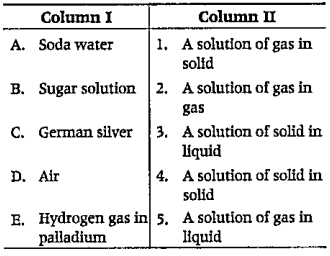 A
A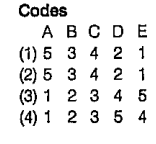 B
B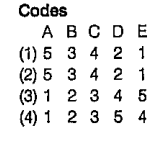 C
C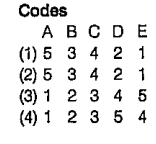 D
D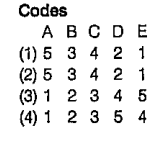
Match the example given in Column I with the type of colloid given in Column II.
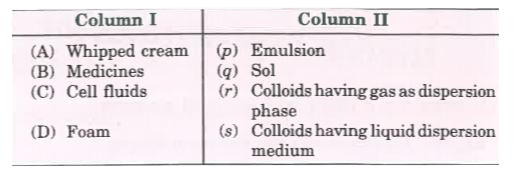 View Solution
View SolutionMatch the reactions given in Column I with the types of reactions given in Column II.
 View Solution
View SolutionMatch the reactions given in Column I with the type of reactions given in Column II
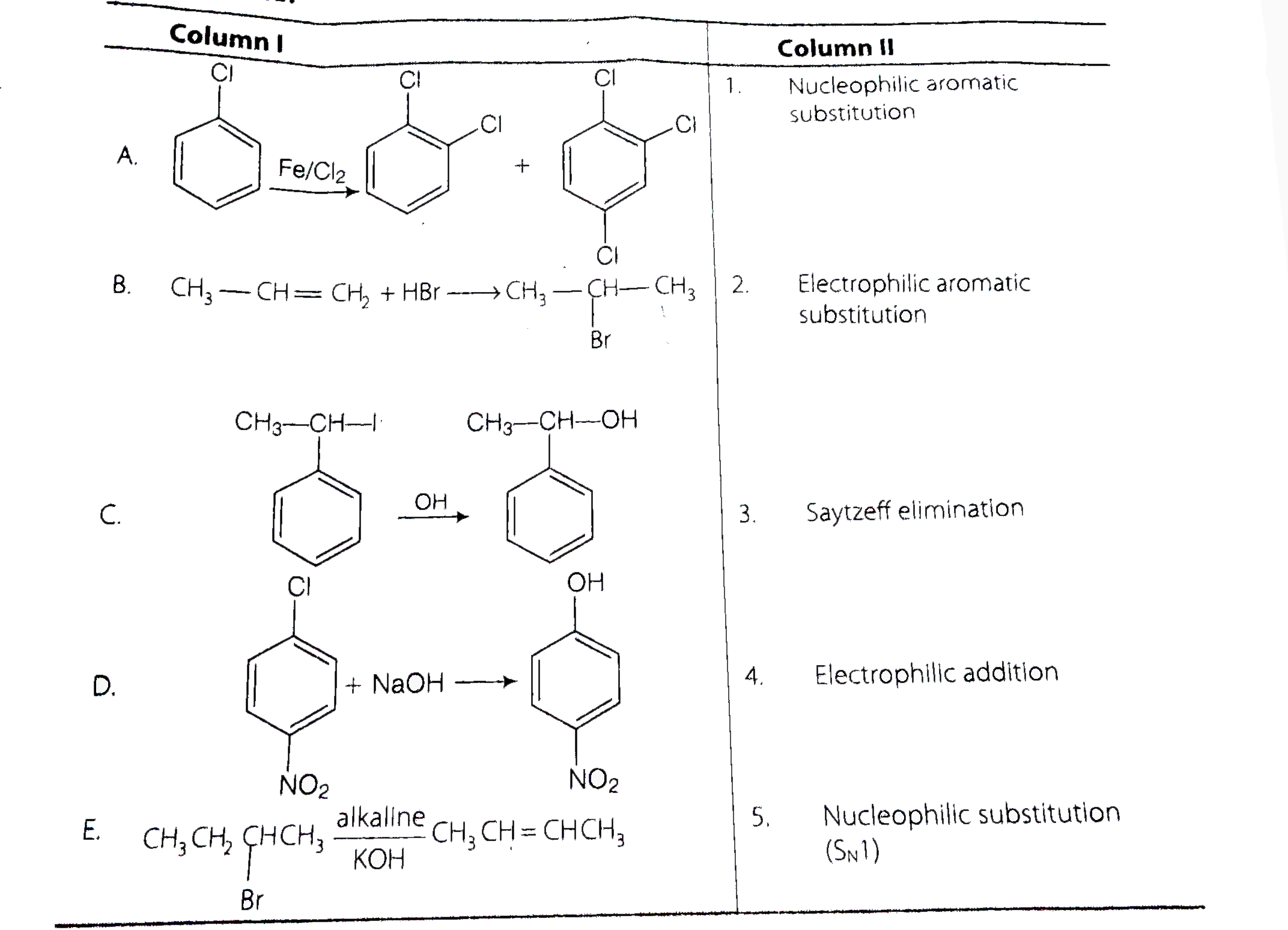 View Solution
View SolutionMethod of formation of solution is given in Column I. Match it with the type of solution given in Column II.
 View Solution
View SolutionMethod of formation of solution is given in Column I. Match it with the type of solution given in Column II.
 View Solution
View SolutionMatch the reactions given in Column I with the types of reactions given in Column II.
 View Solution
View SolutionMatch the reactions given in Column I with the types of reactions given in Column II.
 View Solution
View Solution

